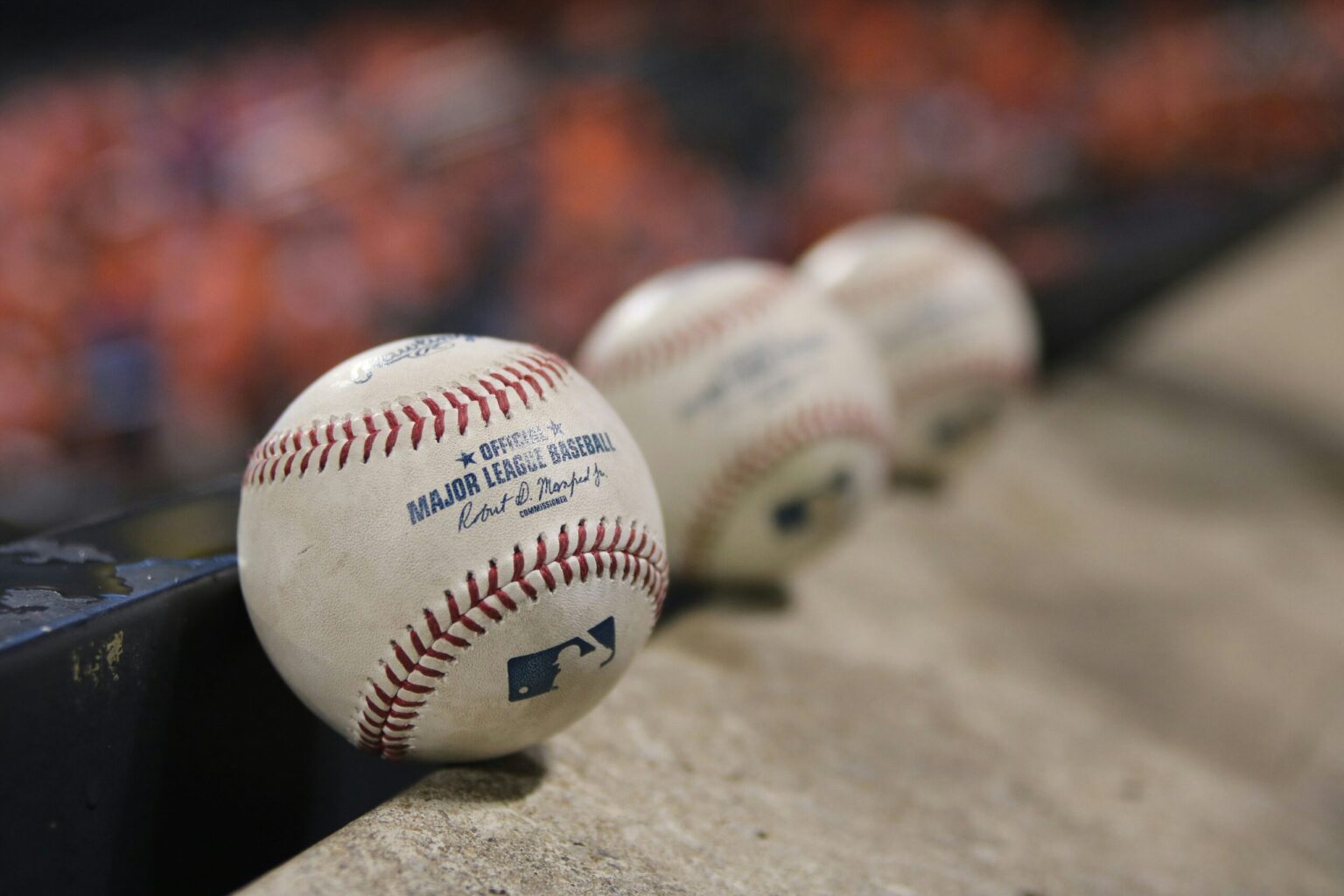Introduction of New Pitch Clock Rules
Major League Baseball (MLB) is taking significant steps to modernize the game, enhance fan engagement, and speed up the pace of play for the upcoming 2025 season. Among the most notable changes is a stricter implementation of the pitch clock, which the league believes will revitalize the sport, reduce game times, and make baseball more appealing to younger fans.
Under the new pitch clock rules, pitchers must now deliver a pitch within 15 seconds when there are no runners on base and 18 seconds with runners on base. Batters will also be required to be ready in the batter’s box within a designated timeframe. Any violation of these timing restrictions will result in automatic penalties: pitchers will be charged with an automatic ball, and batters will face an automatic strike. These measures are designed to eliminate delays and ensure that the action stays fast-paced and engaging.
Pitch Clock Success in Minor Leagues
The pitch clock isn’t a completely new concept for MLB. It has been tested in the minor leagues for several seasons, with positive results. In fact, minor league games that used the pitch clock have seen an average reduction of 20 to 30 minutes per game. Surveys conducted among fans showed that the faster pace led to increased satisfaction, suggesting that the new rules will resonate well with MLB’s fan base.
Rob Manfred, Commissioner of MLB, expressed his enthusiasm for the changes, stating, “The pitch clock is a critical part of our effort to modernize the game, reduce downtime, and make baseball more accessible and entertaining for today’s fans.”
Additional Rule Modifications
In addition to the pitch clock, MLB is introducing several other rule changes aimed at enhancing the game’s pace and promoting offense.
- Pick-off Attempt Limitations: Pitchers will now be limited to two pick-off attempts per batter. This change is designed to reduce delays and increase stolen base attempts, contributing to a more dynamic and action-packed game.
- Larger Bases: MLB will also introduce slightly larger bases, a move intended to reduce injuries and encourage stolen bases. The bigger bases will make it easier for players to steal without the risk of injury, further fueling the resurgence of base running in the league.
- Defensive Positioning Rules: To combat the growing trend of defensive shifts, the league is now requiring teams to keep two infielders on each side of second base. This new rule aims to create more opportunities for hitters, encouraging offensive production and making the game more exciting for fans.
Mixed Reactions from Players
The reactions to these changes have been somewhat divided among the players. While many welcome the faster pace and the increased focus on offense, some veterans express concern over how the shortened time between pitches may disrupt their routines. Pitchers and batters alike have voiced frustration with the limited time to reset between pitches, but there is a general understanding that change is necessary to keep the sport relevant in a fast-paced world.
The Future of Baseball: Adapting to Change
Tony Clark, Executive Director of the MLB Players Association, emphasized the importance of evolution in the game: “These rule changes reflect the evolving nature of the sport and the need to keep baseball fresh and engaging for both the players and the fans.”
While the changes may take some time to adjust to, MLB’s efforts to modernize the game demonstrate a clear desire to appeal to younger audiences who demand faster, more exciting games. The 2025 MLB season is poised to mark a transformative moment in the sport’s history, bringing about a faster, more action-packed experience for both fans in the stands and viewers at home.
As the season approaches, all eyes will be on how these rule modifications impact the pace, strategy, and excitement of the game, and whether they succeed in creating a more engaging experience for the next generation of baseball fans. The 2025 season is expected to be one of the most dynamic and exciting in recent memory as MLB redefines the future of America’s pastime.
